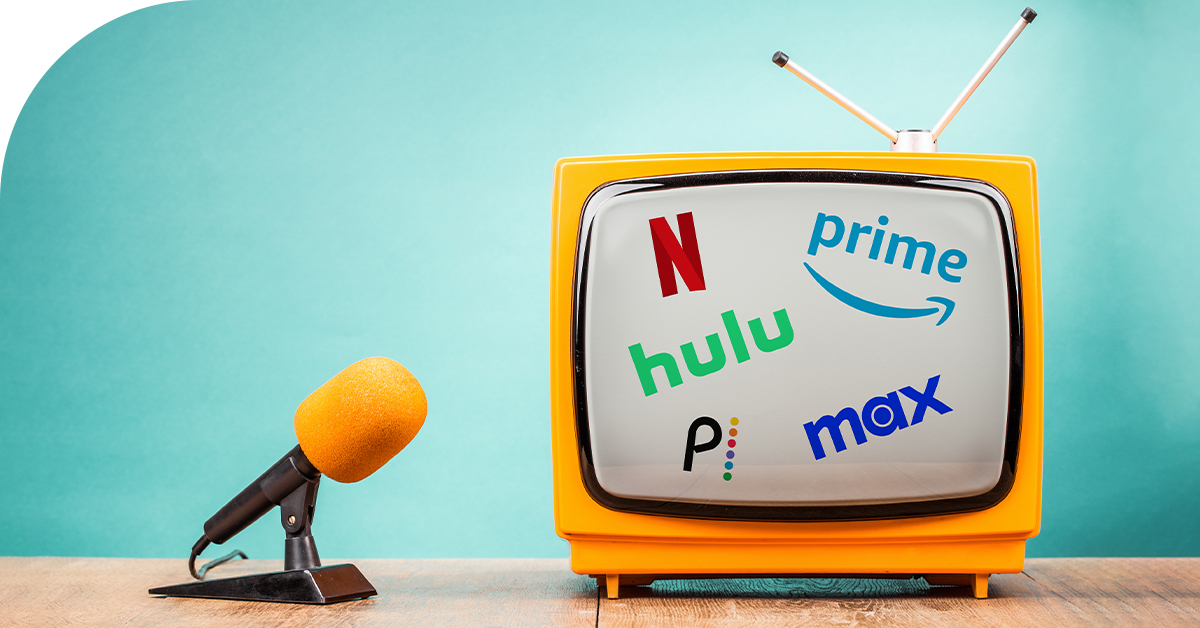Digital advertising has become an essential tool for businesses looking to engage audiences and drive outcomes. The constant introduction of new technologies makes it more accessible than ever to design and implement advertising campaigns. In fact, the global digital advertising market is valued at $701.20 billion this year, and is forecasted to reach $931.34 billion by 2026.
Despite the industry’s growth, a report from Smart Insights found that 45% of companies don’t have a clearly defined digital marketing strategy, yet still attempt to do it. It’s evident that a significant portion of companies, both large and small, struggle with executing their digital marketing strategies. It’s more important than ever to get this right, particularly as consumers’ appreciation of their online presence only continues to strengthen.
Here’s a look at what makes a successful digital advertising campaign, and the key elements needed to ensure your business objectives are met.
Set Clear Goals
It is essential to set clear goals before starting a campaign. Do you need to increase brand awareness and brand affinity? Or perhaps, drive website traffic, generate leads, or boost sales? Your goals should be specific, measurable, achievable, relevant, and time-bound.
By identifying the campaign’s primary purpose, the rest of the process becomes much more succinct.
Identify Your Target Audience
The next step is to identify your target audience. Who are the people you want to reach with your message? You should consider factors such as age, gender, income level, interests, and location.
Another important understanding is your target audiences’ buying habits and online behavior. These include how and where they shop, the frequency of purchases, and category of the items. Also, by understanding how your key audience uses digital channels like social media and apps, a clearer picture of how to engage them starts to form.
Identify a Budget
How much are you willing to allocate to your digital advertising campaign? According to the U.S. Small Business Administration, businesses making $5 million or less should invest 7% to 8% of their gross revenue into marketing.
From there, it’s important to understand the costs associated with different channels; some channels are more expensive than others, and some may require more resources to manage.
Forward-thinking digital marketers choose channels that provide the best value for their budget. It’s critical to monitor the performance of the campaign and make any adjustments needed to ensure the budget is used in the best way possible.
Choose the Right Ad Format and Creative
The next step is to identify the right ad format. There are several options to choose from including display, social media, search engine, digital out-of-home, in app and video ads. The ad format you choose is directly impacted by your goals and target audience.
When you think about how you want messages presented to audiences, making compelling content is key. Regardless of format, the content needs to be relevant, engaging, and informative. This is another area where your demographic information plays a major role – it helps brands and agencies personalize the creative, making it authentic, emotionally compelling, clear and concise.
Monitor, Test and Refine
One of the most useful aspects of digital advertising is the ability to monitor a campaign’s progress in real time. The best digital advertising platforms enable users to evaluate successes, and better understand where to evolve approaches. By using metrics such as click-through rates, conversion rates, and return on ad spend (ROAS), you can better understand your campaign’s overall effectiveness.
For example, let’s say a brand is launching a new product. With real time campaign insights, the brand can ensure advertising happens in each store area only when the product is in stock. Additionally, it can dynamically adjust its messaging and creative based on time-of-day or even the weather, helping ensure the right people see the content at the best time.
The benefits of analyzing campaign performance continue long after the initial campaign finishes. Brands and agencies can reference key learnings from their past campaigns, and implement them into future efforts to ensure the best results are secured quickly.
Planning a successful digital advertising campaign requires careful consideration of your goals, audience, budget, channels and content. By following this list, and monitoring results in real time, you can implement impactful campaigns that reach key business objectives.







